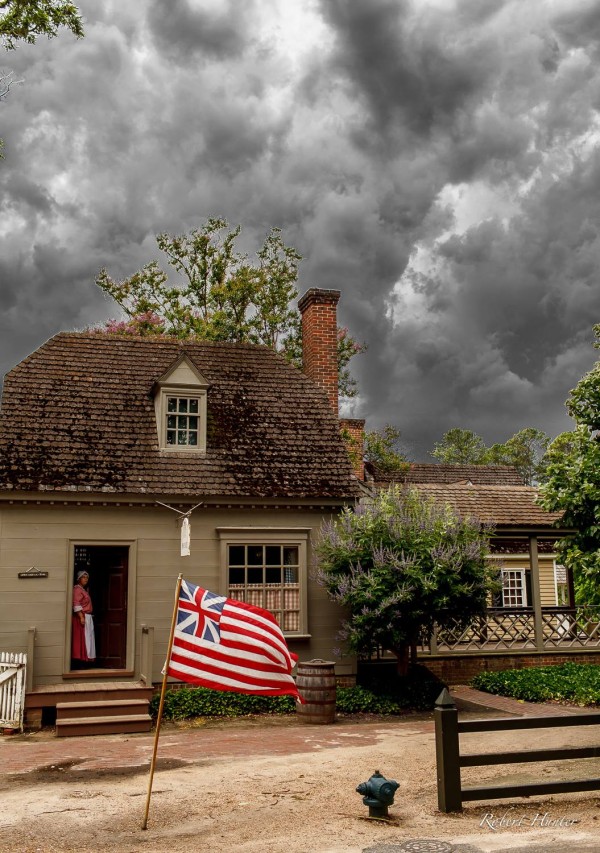 Have you ever wondered how weather was predicted in the 18th century? You know—before all those weather apps, doppler radar, and the local weather guy (or gal) giving an extended forecast? And what about really big events, like hurricanes and tornadoes? How did people protect themselves during these major storms?
Have you ever wondered how weather was predicted in the 18th century? You know—before all those weather apps, doppler radar, and the local weather guy (or gal) giving an extended forecast? And what about really big events, like hurricanes and tornadoes? How did people protect themselves during these major storms?
In the 18th century, forecasters depended a lot on two tools: weathervanes and almanacs. One of the most common predictors of the weather to come was the weathervane, which revealed the direction of the wind. Colonists closely watched the direction from which it was coming and based a lot of their predictions on the readings of this simple tool. Here in the Tidewater region, it was believed that a wind from the west meant rain was on the way!
Local craftsmen enjoyed creating a variety of designs for these weathervanes. Roosters were very popular choices although other animals such as pigs and horses were also seen proudly adorning the peaks of barns, houses, and churches in Colonial Virginia. Here are just a few 18th-century weathervanes that are on display in our Art Museums.
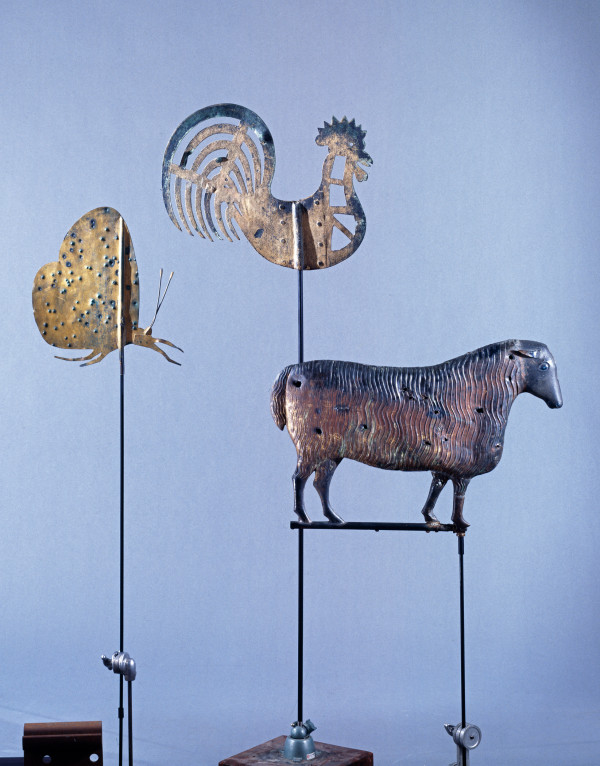 Superstition and cultural stories also had a hand in predicting weather in the latter part of the 1700s. In fact, there were times when folklore influenced their predictions more than science. Colonists turned to animals and plants as well as the sky to make their best guesses as to what was heading their way.
Superstition and cultural stories also had a hand in predicting weather in the latter part of the 1700s. In fact, there were times when folklore influenced their predictions more than science. Colonists turned to animals and plants as well as the sky to make their best guesses as to what was heading their way.
Another common tool was the Almanac. First published in 1792, the Almanac ushered in a whole new era of scientific weather predictions. These books contained everything from poetry to planting and harvest schedules for farmers. Many of the favorite weather sayings continue to be used to this day.
While there weren’t any warning systems in place for tornadoes and hurricanes, we know that several large storms blew across the Peninsula in the 1700s including the “The Hurricane of Independence.” This is why many early American houses were built with underground cellars where residents could quickly escape in an emergency as they saw the storm coming in. You can see the bulkheads at the side of most of our colonial houses.
We thought it would be fun to dig up some old sayings about the weather and see what you think about their validity.
RAIN IS COMING!
“If there appear a circle about the moon, you may expect stormy weather to appear shortly after.”
“If the sun set under a thick black cloud, it is almost a sure sign of some rain the next day.”
SNOW IS ON THE WAY!
“If the mist [in the mornings] continues many days, as it frequently does in November and December, I think it is a sure sign of much rain or snow falling in the winter.”
“Clouds like woolly fleeces appearing high and moving heavily; the middle a darkish pale, and the edges white, carry snow in them…”
IT’S GOING TO BE A SCORCHER!
“In a hazy summer’s morning, when you see many spider webs upon the grass, trees, etc., you may expect it will clear up, be hot, in general, before twelve o’clock.”
“If the clouds appear of a scarlet red at or near the setting of the sun, it is a sure sign of fair weather.”
For even more age-old weather sayings, check out this blog post from The World Turn’d Upside Down.
What about you? What weather proverbs or sayings have you always heard? Do you think they’re true?
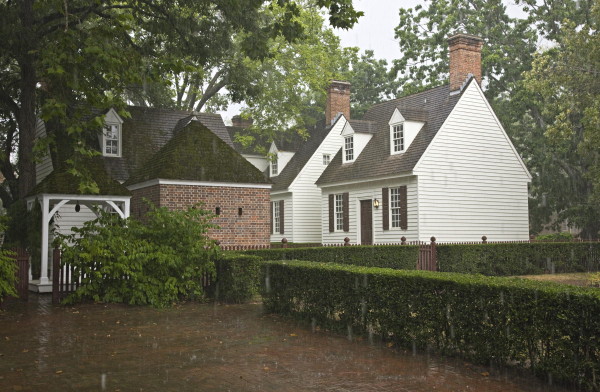
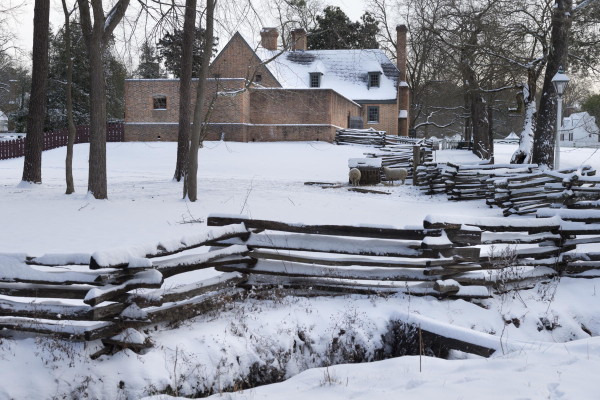
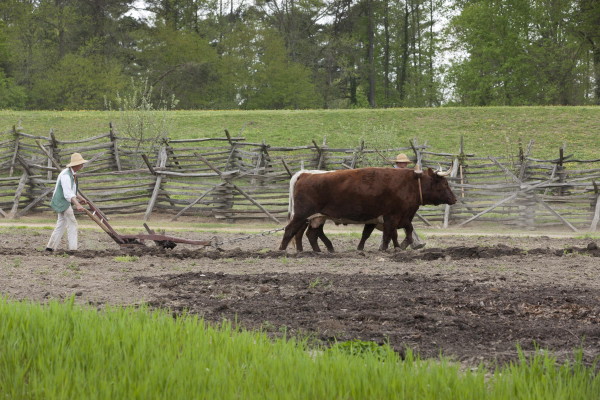
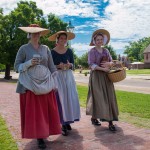
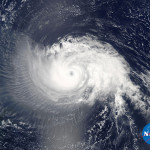
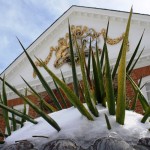
Back in the olden days, when I was Boy Scout, I acquired a book on reading the sky. It made the statement that if you read and understood what was presented, i.e., learned how to read the clouds, you would be correct predicting the weather 4 out of 5 times. A really good weather men can get it correct about 80% of the time.
As someone already said, if the cows are lying down, it’s going to rain. But you have to know if you can trust your cows or if they all are just tired at the same time..
Interesting article. However, there were almanacs published long before 1792! Poor Richard’s Almanac, for example.
Only wanted to say that I am sure Mr. Jefferson’s twice a day weather recording for several decades - and his encouragement of others to do the same (e.g., Geo. Washington) - helped establish a late 18th/early 19th century ‘database’ of sorts that must have contributed something to the development of the meteorology profession in the U.S.
The number of foggy mornings in August will equal the number of snows come winter.
I like that one Gil. I’ll be counting the foggy mornings August this year.
Well, I depend on Wavy TV…. 🙂
Ha, Ha Jim - I think we all do!
It has long been a common belief among those who work with livestock that cattle in particular are inclined to lie down if rain is on the way. I have seen it time and time again, and it seems to hold some truth.
That’s fascinating Laurel. I have never heard that. Interesting how the animals sense things that we don’t know.
“Evening red and morning grey, both be signs of a bonny day. Evening grey and morning red, both mean rain on t’farmer’s head.”
Mackerel sky, rain by-and-by. Mackerel sky and mares’ tails, if it doesn’t rain, it hails.”
“When clouds appear like rocks and towers, the Earth is blessed with frequent showers. When wooly fleeces spread the heavens’ way, no rain, be sure, disturbs the summer’s day.”
St. Swithin’s day, if it doth rain, for forty days it will remain. St. Swithin’s day, if it be fair, for forty days ’twill rain nae mair.
Wow, you actually know several new ones. Thanks for sharing these!
“Red sky at night, sailor’s delight…red sky at morning, sailor take warning!” While I certainly appreciate today’s tornado sirens, living close to nature has its benefits. It’s peaceful. Thanks again for another wonderful story and a reminder of abilities long lost. Love the drama of the opening photograph.
Thanks Jeannie! I agree with you about the peaceful part, but I appreciate the safety that we enjoy now with our weather updates.
Thanks for the comments!